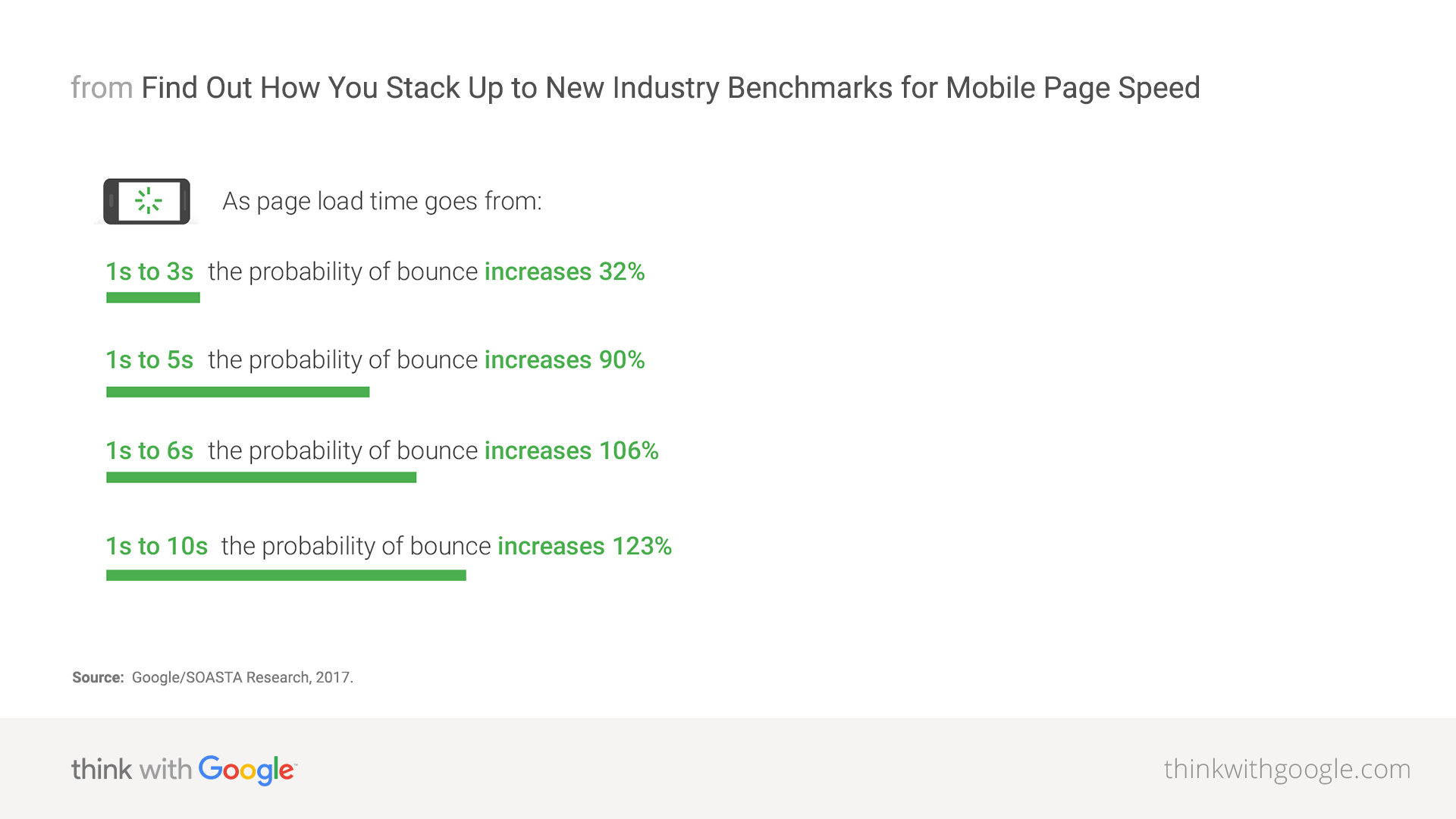How to Avoid Making These 5 Small Business Website Mistakes
In a continually technology-driven world, your website is the digital face of your small business and likely your company’s first customer touch point. But what if your website is sabotaging instead of growing your business by frustrating potential customers and driving them away? Diagnose your website to see if you’re making these five common mistakes and take steps to correct and avoid them in the future.
Mistake No. 1: Not Updating Your Information
When you’re a small business, you don’t always have the luxury of a web manager. You, Ms. or Mr. CEO, may be the one making web updates and you most likely have 800 other things you have to (and would rather) do. The easiest way to lose your website audience and send them searching for your competitors is having a website that features incorrect or out-of-date information.
The biggest indicator of a forgotten or neglected website is information with expired dates. Scan your content for announcements, conferences and other events that have passed. Press releases and blog posts are a notable exception. Look for mentions of the number of years you have been in business and annual awards won.
Another red flag for your customers is an old photo of the founders or CEO. Small-business owners often work directly with customers or are well-known around town. If your website still features your headshot from when you opened your business (20 years ago), it’s time for an update.
Diagnose:
- The best way to diagnose your website for mistake No. 1 is a manual review.
- Look over each public-facing page on your website for old personnel, locations, services and products, and make a list of necessary updates.
Possible Fixes:
- If your CMS allows, use an event plugin that removes events, course listings and/or conference information when their dates are past.
- Schedule a weekly, monthly or annual review of your website, depending on your needs.
- Add updating your website to your workflow when adding new employees, services, projects or locations.
- Small businesses with high turnover rates may want to only feature their employees in leadership positions to avoid having to make frequent web updates.
- Set a reminder in your calendar or project-management software (hello, Basecamp!) to update content with a shelf-life, like a limited-time offer or an annual event.
Mistake No. 2: Having a Broken Website
This one seems intuitive: A broken image or a link that goes nowhere is a big no-no. But even if all of your website’s individual elements are working fine, if your website itself is slow, it is broken.
Marketers love to compare your audience’s attention span to that of a goldfish. Even though the 7-second attention span has been deemed a myth, you may have less time than that to give your website users what they are looking for. Google uses page load time as a ranking factor for both desktop and mobile searches.1 That means that not only could a slow website frustrate your customers, it could keep you from gaining new ones by pushing your website further down in search engine results.
The average fully loaded time of websites assessed with GTMetrix is 6.9 seconds.2 Google cites the best practice for mobile page speeds as 3 seconds!3 Those numbers boil down to this: If you want your customers to find your small business and interact with you online, page speed should be at the top of your list.

Diagnose:
- Find and fix any broken links or 404s on your website with Google Search Console.
- Use online tools such as GTMetrix and Pingdom to test your page load times.
- Use Google Analytics to view average page load time and identify troublesome pages.
- Any pages taking 7 seconds or more are your top-tier priorities, pages in the 4-7 second range are tier two, and 3-4 seconds are tier three.
Possible Fixes:
- Look for and use website caching and optimization plugins that help reduce page size and loading speed.
- Resize and compress images where applicable to help pages load faster. We like to use Photoshop, but there are lots of great free and paid programs available.
- Ditch any plugins, images, videos or resources that slow your website to a snail’s pace.
Mistake No. 3: Featuring a Dated Design
You may have been in business since 2000, but your website shouldn’t look like it hasn’t been updated since then. Avoid early-internet defaults such as blue links, all-gray pages and repeating low-res background images. Just remember, just because you can doesn’t mean you should.
Trends change rapidly, but your small business doesn’t need a new design every year to keep up. Above all other design decisions, your small business website should be responsive, optimized for mobile devices and easy to use.
Responsive websites use CSS (cascading style sheets) to adjust layouts, fonts, images and other elements based on the size of the user’s screen. A responsive webpage may have a three-column layout on desktops and show the same content in one column layout on an iPhone.
 Speaking of mobile devices, if your website doesn’t work for mobile users, you are dead in the water. Being a small business isn’t an excuse. In 2018, 52.2 percent of all global web traffic is generated through mobile phones.4 Not only does your website have to load fast on smart phones, it has to look good and function, too. Content should be visible, readable and clickable on small screens.
Speaking of mobile devices, if your website doesn’t work for mobile users, you are dead in the water. Being a small business isn’t an excuse. In 2018, 52.2 percent of all global web traffic is generated through mobile phones.4 Not only does your website have to load fast on smart phones, it has to look good and function, too. Content should be visible, readable and clickable on small screens.
Diagnose:
- Use GTMetrix and Lighthouse to test for mobile optimization.
- Use Google Analytics to compare website metrics like total users, average session duration, bounce rate and goal completions for customers on desktop, mobile and tablet devices. Do mobile users have a higher bounce rate? Do they spend less time on the site?
- Pick up your smartphone and visit your website. Are design elements such as buttons and text completely visible? Are elements broken or skewed on smaller screens?
Possible Fixes:
- If your CMS allows for themes (like WordPress), pick one that is responsive. While you may have to customize the theme to your business or fix a few elements for mobile screens, themes with responsiveness built in will save you a lot of footwork.
- Look for and use optimization plugins that help optimize for both desktop and mobile users.
- Partner with Fiore Communications to optimize or redesign your website and make sure users are jumping ship.
Mistake No. 4: Giving Users Mixed Signals
You wouldn’t approve a print ad or air a radio ad without contact information and your website should be no different. Your phone number, address and email address need to be listed prominently, both in your footer and on a contact page.
If your small business sells shoes, customers would understand that you want them to come into your physical store or browse your inventory online. Businesses in the professional service or B2B industries need to be more explicit about the purpose of their website and what they want users to do once they land there. Can customers schedule appointments on your website? Do you want them to request an estimate online or do they have to call to schedule a consultation? Calls-to-action (CTAs), including buttons and forms, should be very clear.
Diagnose:
- How many leads come via your website? Are customers confused about what you do when they call the number on your website?
- Use Google Analytics to measure usage (average time on page, pageviews) of your contact and landing pages, button and CTA clicks, and goal completion rates.
- In Google Analytics, study the bounce rate of your landing pages or ones that feature your calls-to-action.
Possible Fixes:
- Study your funnel paths in Google Analytics, identify places in the funnel where users get lost and address those pages.
- Add at least two pieces of contact information (phone number, email address, mailing address) on one static contact page as well as to a header or footer that can be seen on all other web pages.
- Tell your customers what to do! Call! Write! Send smoke signals!
Mistake No. 5: Forgetting the Great Content
A fast, perfectly optimized website with a drool-worthy design and clear, effective CTAs without great content is like building a mansion and never putting any furniture inside. Speed and optimization will help your customers find and use your website, and design and CTAs will help them connect with you, but great content will keep them coming back.
Content helps you build relationships with your current customers and helps drive traffic to your website by putting it in front of new potential customers. Content is still king, and the length and quality of that content is considered when Google ranks your website.
Diagnose:
- If you have no idea how to measure the quality of your content, start with SEO optimization. An easily measurable metric like word count can get you moving in the right direction. Readers, and therefore search engines, favor longer-form content.
- WordPress users can install a plugin such as Yoast SEO to get recommendations on readability and word count for SEO purposes.
- Use Google Analytics to study the average time on page, average session duration and total users on your website. Do certain pages get more users and do they spend more time on those pages? Do your landing pages do better with longer or shorter copy? How about blog posts?
Possible Fixes:
-
- A/B test longer and shorter copy on your landing pages and blog posts. You can conduct tests yourself or use products such as Google Optimize. Don’t forget that traffic naturally ebbs and flows by season.
- Flesh out your product pages! Make sure users in the discovery and research phases have enough information to take the next step and become customers.
- Try out new types of content such as blog posts, videos, expert articles, etc.
Your small business needs a website, not because everyone has one, but because your company needs a strong, compelling digital face to drive leads and sales online. If you would like to learn more, contact Fiore Communications to discuss all your website – and offline – marketing needs.





